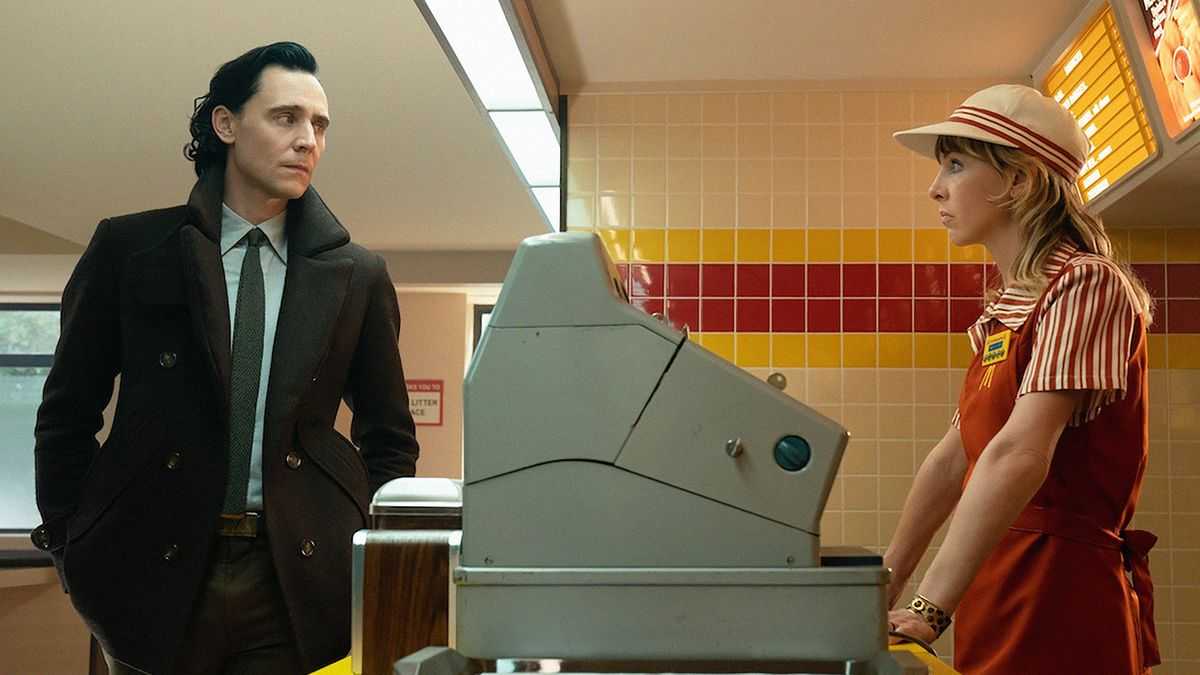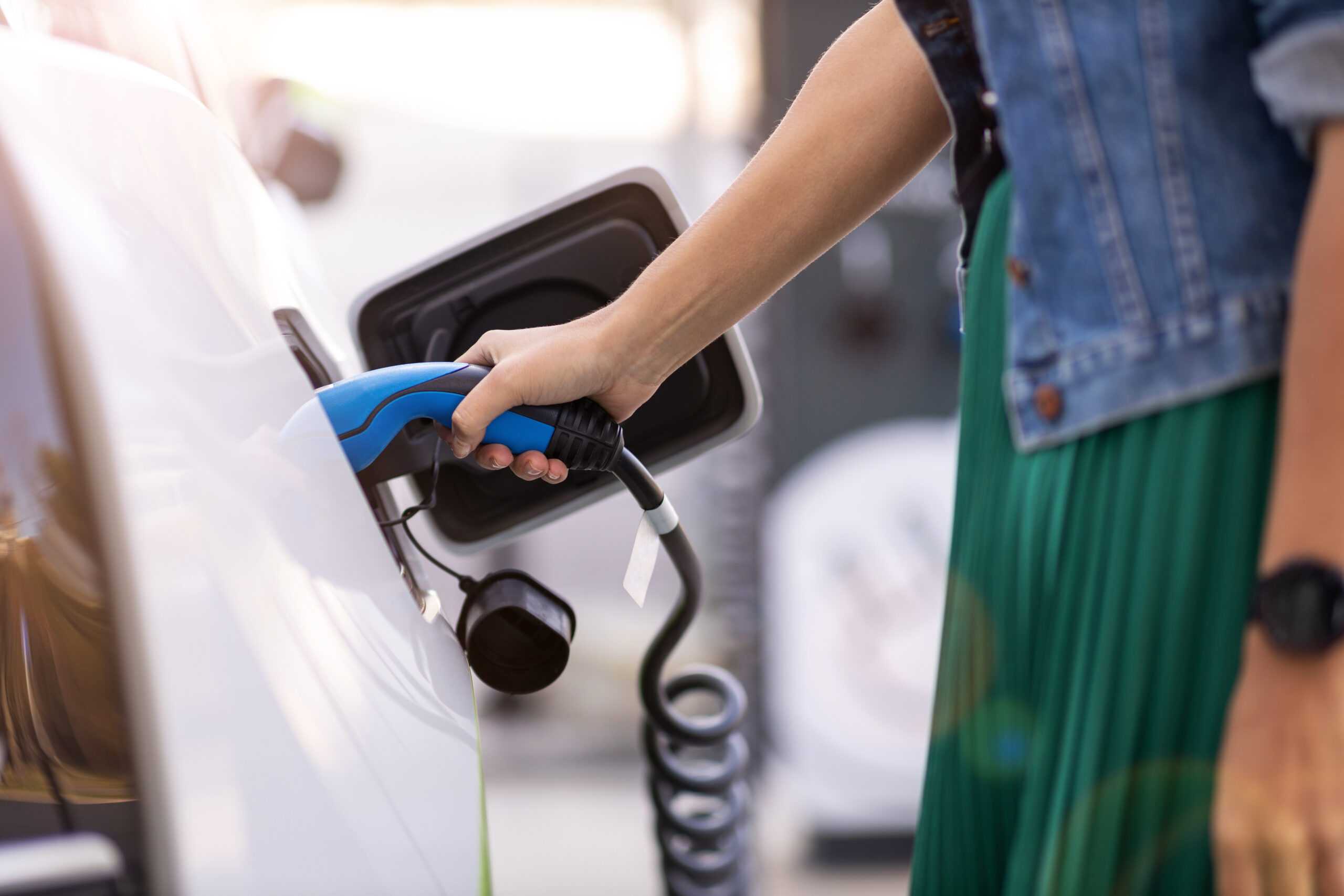Starbucks, like most eateries and retailers this year, has taken a significant hit to its bottom line – COVID-19 cost the leading coffee chain about $3.1 billion in sales, according to the company’s third-quarter earnings report. Interpret’s New Media Measure® shows that foot traffic fell about 7%-points during the pandemic, but has begun to increase again as Starbucks locations put greater emphasis on curbside pickup, its customer loyalty program, and plant-based food choices such as the Impossible Breakfast Sandwich.
As coronavirus cases surge across the US, Starbucks and competing chains like Dunkin Donuts will have to lean into takeout options, customer incentives and solid marketing efforts to keep their brands top of mind for the average consumer. To that end, Starbucks is ramping up its holiday advertising campaign and introducing its annual holiday-themed cups that it first began offering in 1997. The company is providing customers with four different cup designs this season, with slogans like “Carry the Merry.” The initiative will be supported by a series of TV and digital ads, as well as six full-page insertions in several weekly magazine publications.
As described by Adweek, the holiday ads will make sure to remind customers that Starbucks is just a “festive tap away,” encouraging customers to use the convenient mobile app to order. Starbucks will not only bring back some of its seasonal favorites, such as peppermint mocha, toasted white chocolate mocha, caramel brulee latte, chestnut praline latte and eggnog latte, but the chain will introduce some new food items, including a cranberry orange scone, a cranberry bliss bar, a sugar plum cheese danish, a snowman cookie and a snowman cake pop.
“Creative marketing campaigns during the holiday season are fun to see, but Starbucks has its work cut out for itself,” said Janine Cannella, Interpret’s VP of Marketing. “Interpret data indicates that almost one third of Starbucks’ customers in the US have decreased their entertainment expenses during the pandemic. Coffee may be essential to some, but many have likely shifted to cheaper alternatives to fuel their caffeine habit.”






